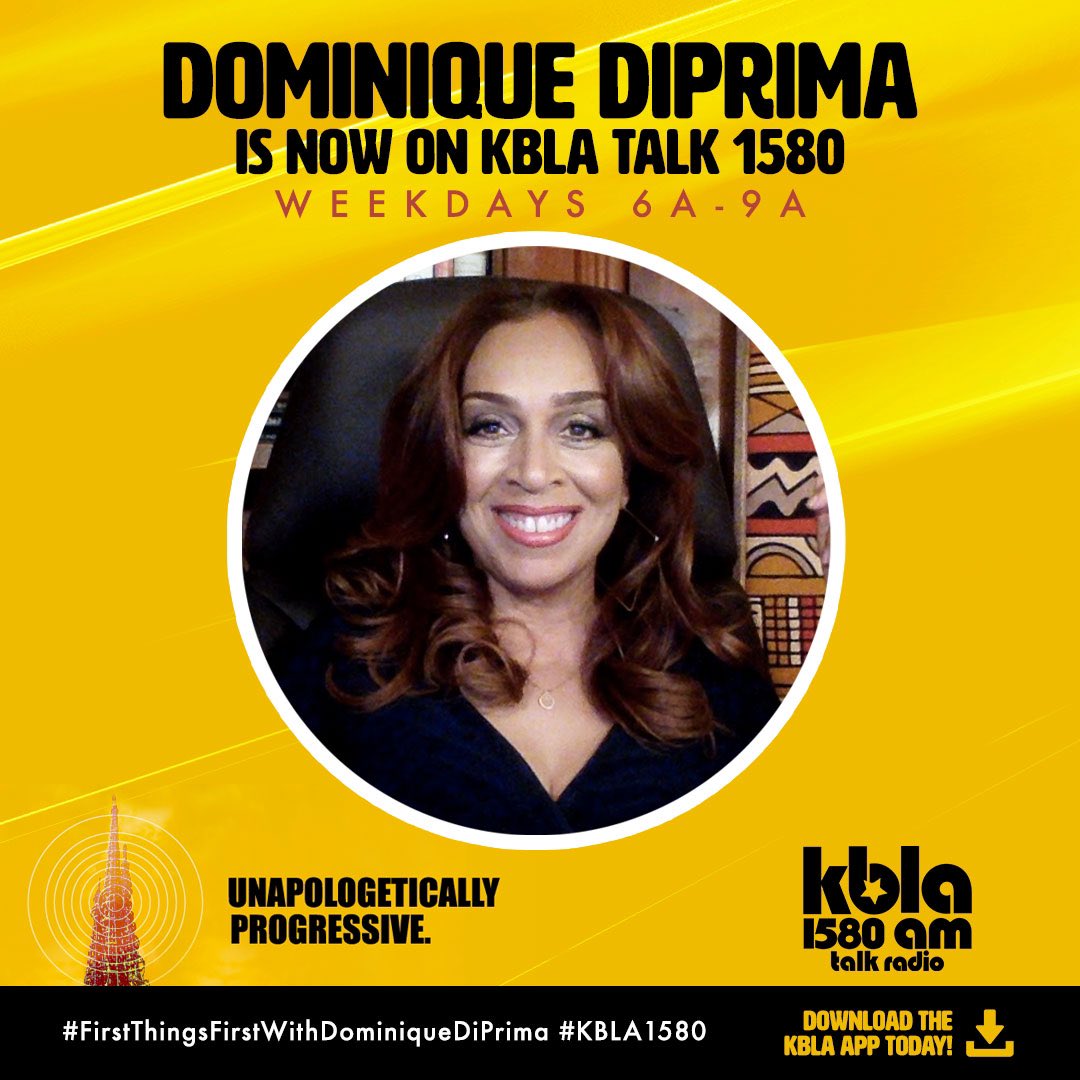Crime is driven by proximity and opportunity, writes Jamelle Bouie—which is why 86 percent of white victims were killed by white offenders. Semana pasada, en Chicago, 16-year-old Darryl Green was found dead in the yard of an abandoned home. He was killed, relatives reported, because he refused to join a gang. Unlike most tragedies, however—which remain local news—this one caught the attention of conservative activist Ben Shapiro, an editor for Breitbart News. Using the hashtag “#justicefordarryl,” Shaprio tweeted and publicized the details of Green’s murder. But this wasn’t a call for help and assistance for Green’s family, rather, it was his response to wide outrage over Saturday’s decision in the case of George Zimmerman, where a Florida jury judged him “not guilty” of second-degree murder or manslaughter in the killing of Trayvon Martin. Shapiro, echoing many other conservatives, is angry over the perceived politicization of the Zimmerman trial, and believes that activists have ”injected” race into the discussion, as if there’s nothing racial already within the criminal-justice system. En realidad, he echoes many conservatives when he complains that media attention had everything to do with Zimmerman’s race. If he were black, the argument goes, no one would care. And so, Shapiro found the sad story of Darryl Green, and promoted it as an example of the “black-on-black” crime that, él cree, goes ignored. O, as he tweets, “49% of murder victims are black men. 93% of those are killed by other blacks. Media don’t care. Obama doesn’t care. #JusticeForDarryl.” The idea that “black-on-black” crime is the real story in Martin’s killing isn’t a novel one. In addition to Shapiro, you’ll hear the argument from conservative African-American activists like Crystal White, as well as people outside the media, like Zimmerman defense attorney Mark O’Mara, who said that his client “never would have been charged with a crime” if he were black. (It’s worth noting, aquí, that Zimmerman wasn’t charged with a crime. Al menos, not at first. It took six weeks of protest and pressure for Sanford police to revisit the killing and bring charges against him. En realidad, in the beginning, La causa de Martin tenía menos que ver con la identidad del tirador y todo que ver con la falta de interés atroz del departamento de policía local.) Pero hay un gran problema con la tentativa de cambiar la conversación: No hay tal cosa como la delincuencia "negro sobre negro". Sí, de 1976 a 2005, 94 por ciento de las víctimas negras fueron asesinados por delincuentes negros, pero que la exclusividad racial también es cierto para las víctimas blancas de crímenes violentos-el 86 por ciento murieron a manos de delincuentes blancos. En realidad, para la gran mayoría de los crímenes, usted encontrará que las víctimas y los delincuentes comparten una identidad racial, o tener alguna relación antes de cada otro. ¿Qué Shapiro y otros te pierdas por la delincuencia, en general, es que está impulsado por el oportunismo y la proximidad; Si los afroamericanos son más propensos a ser robados, o lesionado, o asesinados por otros afroamericanos, es debido a que tienden a vivir en los mismos barrios como los demás. Estadísticas Residenciales lo confirman (PDF); los negros son aún más propensos a vivir cerca entre sí o con otros grupos minoritarios de lo que son para los blancos. Y, por supuesto,, el revés es así-blancos son mucho más propensos a vivir cerca de otros blancos de lo que son las minorías y los afroamericanos en particular,. Tampoco son los afroamericanos, especialmente criminal. Si fueran, usted todavía ver las altas tasas de delincuencia entre los negros, aun cuando la nación ve un descenso histórico en delitos penales. En lugar, las tasas de criminalidad entre los afro-americanos, y la juventud negro en particular,, han tenido una fuerte caída. En Washington, DC, por ejemplo, menos que 10 ciento de los jóvenes negro están en una pandilla, haber vendido drogas, han llevado un arma, or have stolen more than $100 in goods. Total, figures from a variety of institutions—including the Federal Bureau of Investigation and the Bureau of Justice Statistics—show that among black youth, rates of robbery and serious property offenses are at their lowest rates in 40 años, as are rates of violent crime and victimization. And while it’s true that young black men are a disproportionate share of the nation’s murder victims, it’s hard to disentangle this from the stew of hyper-segregation (often a result of deliberate policies), entrenched poverty, and nonexistent economic opportunities that characterizes a substantial number of black communities. Hence the countless inner-city anti-violence groups that focus on creating opportunity for young, disadvantaged African-Americans, through education, mentoring, and community programs. Blacks care intensely about the violence that happens in their communities. Después de todo, they have to live with it. “Black-on-black crime” has been part of the American lexicon for decades, but as a specific phenomenon, it’s no more real than “white-on-white crime.” Unlike the latter, sin embargo, the idea of “black-on-black crime” taps into specific fears around black masculinity and black criminality—the same fears that, in Florida, led George Zimmerman to focus his attention on Trayvon Martin, and in New York, continue to justify Michael Bloomberg’s campaign of police harassment against young black men in New York City. En realidad, these fears are the reason that—in predominantly African-American neighborhoods across the country—police gathered and waited. Es posible que haya disturbios, observadores dijeron, y tenemos que estar preparados. ¿Por qué? Las protestas en apoyo de Martin han sido pacíficas, y nadie ha llamado a la violencia o represalias. Pero eso no importa. América tiene miedo de los negros, y eso es especialmente cierto-me parece-cuando se piensa que podrían estar enojados.
Fuente: http://www.thedailybeast.com/articles/2013/07/15/the-trayvon-martin-killing-and-the-myth-of-black-on-black-crime.html



Sin comentarios
Comentarios para El asesinato de Trayvon Martin y el mito del Crimen Negro sobre Negro están cerradas.